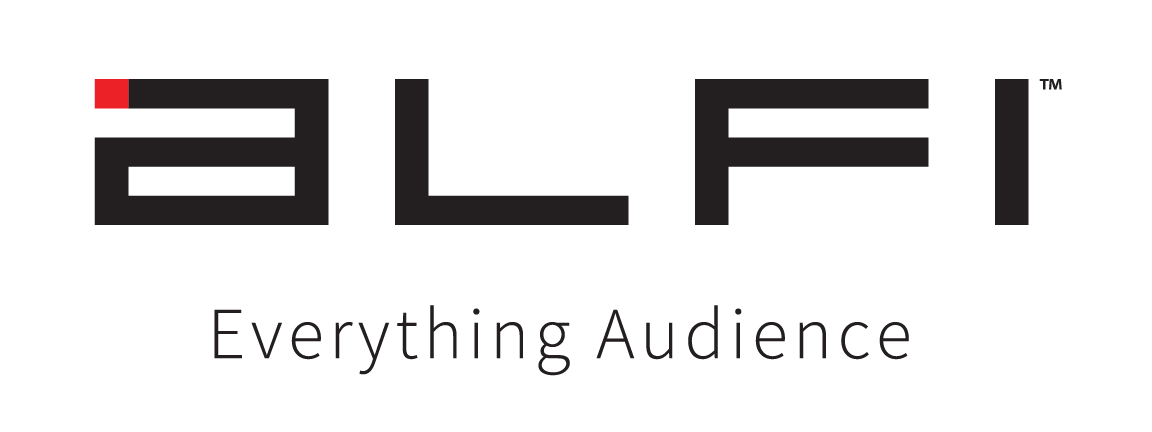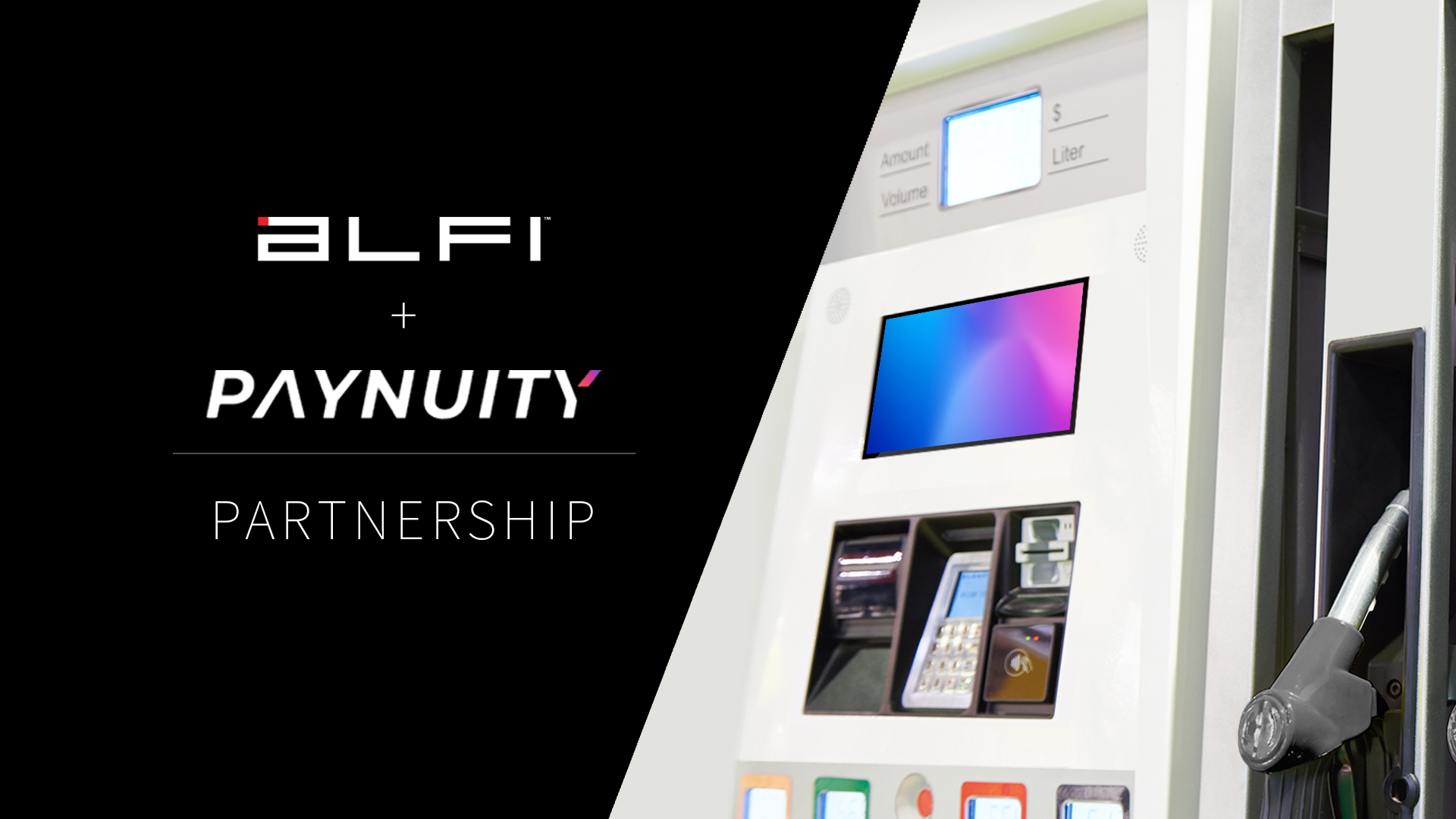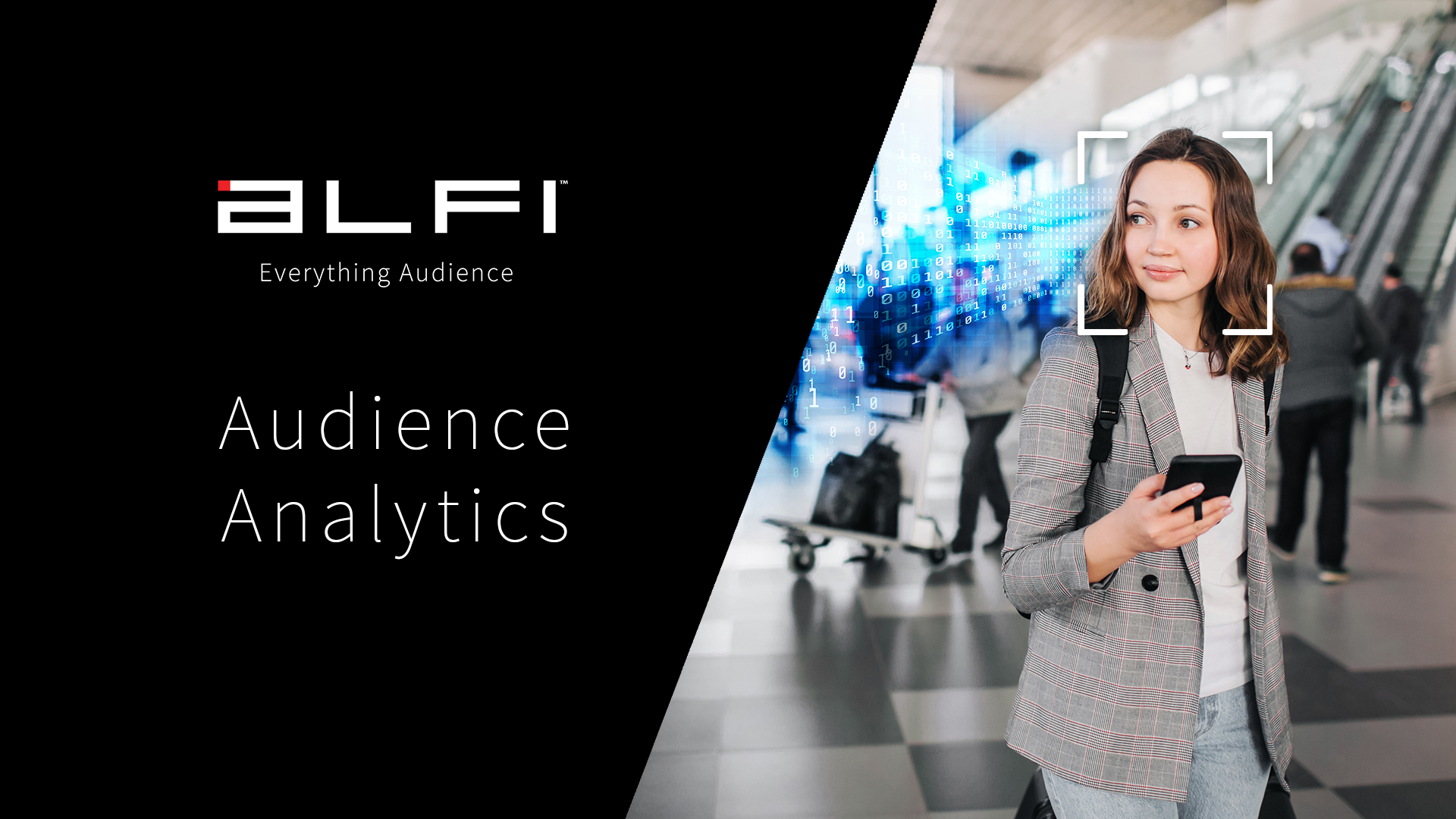Along with our rapidly evolving, technology-centered world, the digital out-of-home (DOOH) advertising market has been steadily gaining speed and shows no signs of stopping.
Despite its status as a traditional media source, OOH has continued to evolve beyond its print counterparts in its diverse applications. As a result, global OOH revenues grew annually from 2010 through 2018 with an average growth of 4.1% per year, reaching $31 billion in 2018.
ALFI’s global research shows that those trends are predicted to continue, surpassing $50 billion by 2026. Before we go into a more in-depth analysis of the DOOH Advertising Market, let’s dive into digital out-of-home advertising and explore why it has become such a successful marketing avenue.
Digital Out of Home: The Future of Ad Tech
The DOOH possibilities are limitless with media buyers, agencies, and brands exerting much more control over marketing campaigns than before. Through DOOH, brands can reach target audiences more effectively, adapt strategies in real-time, and access a wealth of data for better decision-making.
With real-time impressions generated from actual consumers, ads can now be dynamic, interactive, and relevant – giving brands the ability to connect with viewers and marketers the ability to adapt and shift strategy mid-campaign. Now, more than ever, that power is vital to advertising success.
DOOH advertising provides a more affordable, scalable, effective solution for all parties involved and the advances of modern technology have only hastened the transition. For more information on programmatic’s role in changing DOOH, explore here.
ALFI’s Latest Articles on DOOH Advertising

What’s Driving DOOH Advertising Growth In 2021?
As expected, the pandemic transformed the nature of advertising, accelerating many trends that had already gained popularity before regulations for social distancing and isolation were put in place. Many businesses were forced to shutter their brick and mortar locations, shifting attention to expanding their e-commerce offerings, while doing their best to promote different inventory as consumer needs shifted and typically successful marketing channels dried up.
More and more companies have begun incorporating the use of digital tech and DOOH and for good reason; it gives brands access to real-time data, allows them to update marketing content mid-campaign to adjust to changing trends, and provides a profitable, effective, ethical way to better target potential customers.
Click here to read the rest of the article to learn more about 2021 trends in DOOH advertising growth.
DOOH Advertising Rates: A Media Buyer’s Guide
Many media buyers are making the switch to DOOH for their entire campaigns or at least supplementing their purely digital campaigns with them. With less ad spend for greater results, more consumer data and insights, and greater control with real-time access for updates and analytics, DOOH is clearly an effective marketing solution.
According to Charles Levy, Media Manager at ALFI, “DOOH as the industry knows it can’t target audiences to the degree that Facebook and Google can, which some may even call intrusive, but it offers an opportunity to target large audiences that can all relate to experiencing the ad in the same way. DOOH also reaches audiences when they are closest to most purchase points such as retail centers and bars, significantly keeping brands in top of mind consideration and reaching them when they are most likely to engage,” Levy adds. Interested in learning more about DOOH Advertising? Check out the rest of the article here.
Ad Tech: What Exactly Is It And How Does It Work?
Ad Tech – in other words, advertising technology or the use of technology to buy, sell, and manage digital advertisements – involves a network of components that have improved marketing capabilities by introducing automated bidding, real-time analytics, and several new forms of advertising such as RTB and programmatic.
Marrying publishers and supply-side platforms to advertisers and demand-side platforms, ad exchanges create valuable spaces for enhanced, more effective advertising solutions. Ad tech is deeply ingrained in all aspects of the landscape for today’s marketers and media buyers. Virtually every digital ad platform you use, from Facebook to niche ad solutions, is utilizing some form of ad tech. For more in-depth information on Ad tech and how it works, visit the full article here.
ALFI Global Research Finds Digital Out of Home (DOOH) Advertising Market to Surpass $50 Billion by 2026
The latest research conducted by ALFI, an AI enterprise SaaS advertising platform, has found that 65% of advertising executives believe the market will be worth $50 billion to $55 billion by 2026.
The global advertising market is facing significant changes, as brands and advertising executives turn to DOOH advertising to reach consumers who are beginning to shop outdoors and embrace life, post-pandemic.
In fact, due to the increase in consumer foot traffic, that same global report from ALFI found that 95% of advertising executives expect the DOOH advertising sector to grow over the next two years, with 51% of respondents anticipating dramatic expansion.
In June 2021, global market research company PureProfile was commissioned by ALFI to conduct 100 interviews amongst senior advertising professionals working in the digital advertising industry. These interviews were split across five markets: the United States, United Kingdom, France, Germany, and Asia.
The purpose of the survey was to understand the trends and solutions driving their organizations’ digital campaigns. It also evaluated how the pandemic influenced the growth of the DOOH market.
The DOOH Advertising Market Outgrows Initial Estimates
Despite market estimates having anticipated slow market growth with $41.06 billion by Q4 of 2020, ALFI’s research has indicated that the value of DOOH advertising will change significantly. Nearly two-thirds of advertising executives that were interviewed predicted its value will increase between $50 billion and $55 billion. A further 16% of respondents expect it to be worth between $55 billion and $60 billion, and 14% estimate the value to be even greater.
“Our society is becoming increasingly digitized, and the advertising sector and brands are looking to make greater use of technology to deliver stronger, more personalized, and effective campaigns to target consumers,” said Paul Pereira, CEO of ALFI. “A greater transparency around results is needed and the unique qualities of DOOH advertising is meeting these trends with exponential growth.”
The report predicts that ad spend on DOOH will increase between now and 2026 with 50% of respondents anticipating that DOOH ad spend will increase dramatically and a further 40% expecting it to increase only slightly.
Why? A larger overall spend on digital advertising, per 66% of senior advertising professionals interviewed.

Reasons for Expected Increases in Advertising Spend on DOOH in Next Five Years
When providing potential reasons for expected increases in DOOH ad spend, 62% of global respondents reported specifically looking at advances in technology that can influence how brands and partners analyze live campaigns.
Other reasons given for the anticipated increased spend include the general growing focus on evaluating advertising campaigns, the strength of the DOOH market, and a rapid increase in advertising via digital screen rollouts.
| Reasons for an expected increase in advertising spend on DOOH over the next five years | Percentage of advertising executives who think this is a reason for expenditure on DOOH advertising increasing |
| There will be a bigger general spend on digital advertising | 66% |
| Advances in technology mean the DOOH market will be able to provide more analysis on campaigns | 62% |
| Growing focus on evaluating advertising e.g., how many people watched an advert, how long did they look at them | 60% |
| Rapid increase in the number of digital screens available | 56% |
| Price of LCD and LED display technology is falling | 26% |
| Decline in readership of print media | 25% |
What do the results mean for advertisers?
The possibilities for DOOH are endless. With ad spend and tech capabilities on the rise, it’s important to find the right platforms and DOOH solutions for your brand and business.
“There is a clear need in the industry for intelligent DOOH software to change the way consumers interact with brands outside of traditional advertising,” said CEO Paul Pereira. “With data-rich reporting, tracking, and greater attribution and measurement of campaigns via an intelligent DOOH software like ALFI, advertising executives can not only increase speed in delivery of content but also support bottom lines, and ensure transparency in a privacy-compliant manner.”
ALFI’s smart AI and advanced technology provide data-rich reporting with in-depth intel for advertisers – that someone viewed their ad, the total number of views, and each viewer’s reaction to the ad. Advertisers are increasingly demanding improved performance and capabilities from the ad technology they utilize. In ALFI, advertisers find an effective answer with real-time analytics, accountability, total transparency, proof of engagement, and actual impressions.
These smart DOOH platforms allow media buyers to get a full understanding of the impact of cross-screen exposure on both upper and lower funnel KPIs. ALFI’s advanced AI and technology allow impressions on its DOOH units to be confirmed as viewed when the system detects audience behavior and demographics in an ethical and respectful way.
Want to know more? Drop us a line and our team will get in touch with you!




